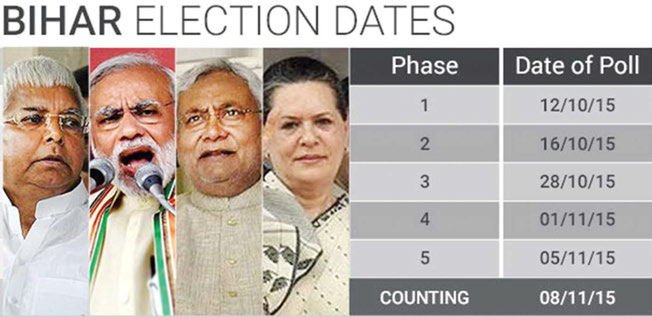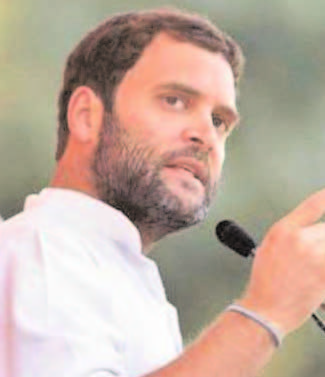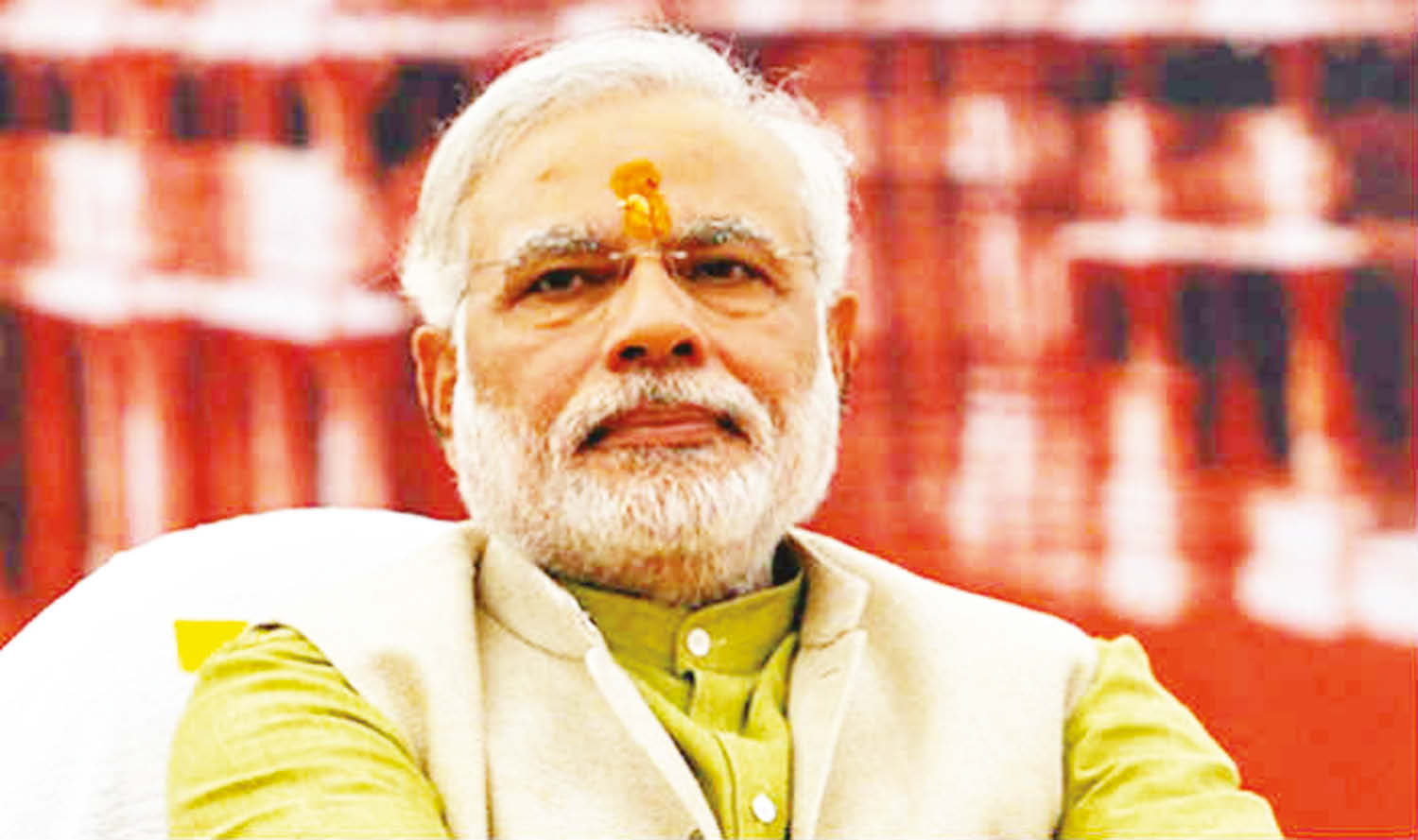
PATNA (TIP): As far as political lineups go, the penultimate stage has been reached in the BJP-led NDA camp in preparation for the five-phase Assembly polls in Bihar due to kick off in a month’s time. The secular side of the ruling JD (U)-RJD-Congress crossed this stage a little earlier.
Considerable bickering took place in both groupings on the share of the state’s 243 seats each alliance partner will get to contest. There is apparently some bad blood still between the NDA’s dalit leaders (Union minister Ram Vilas Paswan and former CM Jitan Ram Manjhi) over whose party is politically more significant in this election. But there seemed greater bruising on the seat-share issue in the secular camp, which is quite foolishly calling itself the “mahagathbandhan”, or great alliance. The smaller parties – the NCP and Mulayam Singh Yadav’s SP – just departed, although their exit is unlikely to alter the result in any significant way. For both sets of contestants, the greater trouble lies ahead with specific seats for each alliance partner to be decided. Seemingly steady and rock-solid political conglomerates also crack under pressure of bloodletting in this stage. The state of the pre-election chemistry of parties and fronts is best gauged when obstacles in this phase are overcome.
THE BIG PICTURE
- 6.68 crore: The total number of people who are eligible to vote in the 2015 Bihar Assembly elections
- 2.06 crore: The increase in the number of voters from the 2010 elections in which 4.62 crore voters were on the rolls.
- 243: The number of constituencies up for grabs in these elections. 38 of these are reserved for Scheduled Castes and 2 for Scheduled Tribes
- 47: The number of seats that are considered affected by Left-wing extremism
- 62,779: The number of polling stations in Bihar
- 1.8 crore: The number of voters below the age of 30
Cutting through all this seems to be BJP’s ambition to do a Lok Sabha in the Bihar Assembly, namely to arrive at a majority of its own with the aid of allies and then call the shots. In that event, as the New Delhi experience has shown, the allies won’t be in any position to play even second fiddle.
This is the real meaning of the story of seats distribution in the NDA camp. Hiccups aside, what’s also noteworthy is the relative ease with which the BJP, traditionally an upper caste platform in Bihar, has been able to rope in on its side the known leaders of dalits, the lowest in the caste order.
If BJP is essentially an upper caste party, the secular camp is the consolidation of intermediate castes, the so-called OBCs, with fringe upper caste support on account of the Congress factor. In addition, the minority factor is expected to work wholly for the secular camp without getting divided, particularly because of the presence of the Congress. But confusion and political trouble could lie ahead if the RJD wins more seats than the JD(U). Chief minister Nitish Kumar has been named prospective CM if the alliance wins. Will this be sustainable if his party trails Mr. Lalu Yadav’s party?
Poll pundits speak of a close race. That is essentially due to caste equations at work. In that case, is “development” really the key issue which will decide the election?





Be the first to comment